07 May Ethical Macro Photography
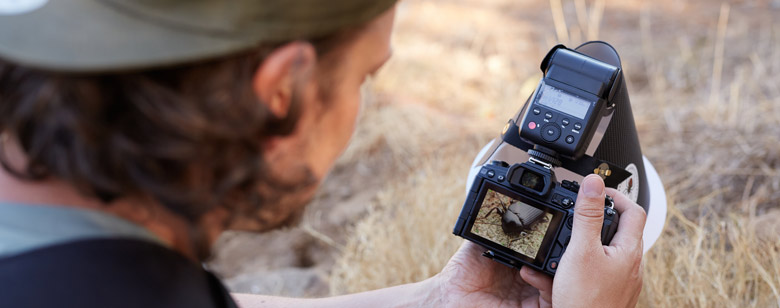
Introduction
Since direct contact to animals, even the tiniest of them, like insects & spiders, will happen often in macro photography, it is important to think about an ethical rule set for this field of photography.
Being and acting responsible is crucial when photographing living creatures – and in their habitat in particular.
As there are no universally applicable macro photography ethics, this topic is mostly a question of personal interpretation and self-conception.
In times of the rise in numbers of endangered species and the threatening of natural environment, it might be a good idea, to think about what are best-practices or taboos when it comes to macro photography and interaction with live subjects.
Disclaimer:
Please be aware that this article combines my very personal thoughts on the topic with conventions from the wildlife photography and macro photography communities in particular.
There is no fixed set of ethical rules and also no way to enforce them.
Specimens / subjects
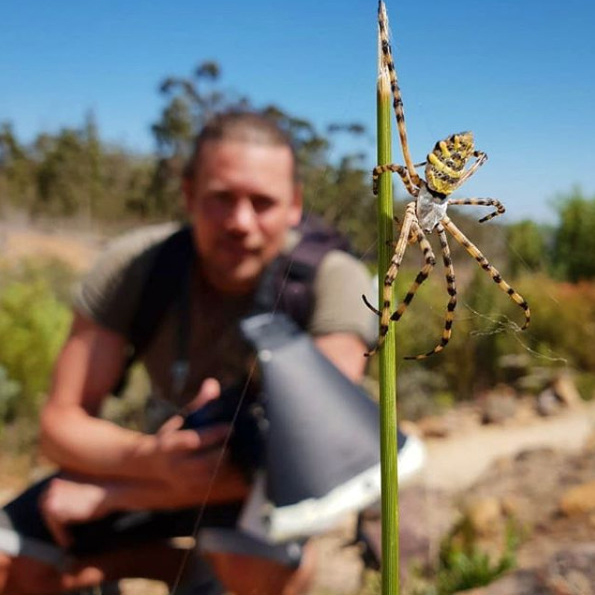
The number 1 rule for an ethical approach in macro photography should be to never harm nor kill a subject.
This can happen in many different forms, may it be interrupting its hunting or feeding process, dislocating it from its original position, touching it, or even manipulating it.
Animals often feel stressed when interrupted in their natural behavior and with arthropods in particular, there are still a lot of question marks as to when our intervention really harms them – so it is better to be safe than sorry here.
We are often not aware of how our actions might pose a threat for other species.
Being focused on a subject to photograph, may also lower our awareness for what other creatures are in direct proximity.
Lenses with a greater minimum focusing distance might be helpful here, as they give more space to the animals.
Taking animals out of their environment, or collecting them without permission and scientific interest is also an absolute no-go.
My photos, where you see an insect photographed on my hand or fingers, for example, are situations, where the insect directly flew or crawled on me anyways.
The most extreme forms (aside from killing them) of harming subjects are used for staged wildlife photos, where specimens are sometimes wired, glued or frozen to manipulate their poses.
Bringing together species that are naturally not appearing together, is also often used to create spectacular images, but they are absolutely unethical and misleading, too.
Have you ever seen a toad with two snails on its head, which look like an earphone? Then you know what we are talking about, here…
Using ice spray to slow down or freeze insects is generally considered unethical and damnable in macro photography.
The same goes for the before mentioned gluing, wiring.
These are the cardinal sins of macro photography of living animals.
Habitat
Movement & interaction
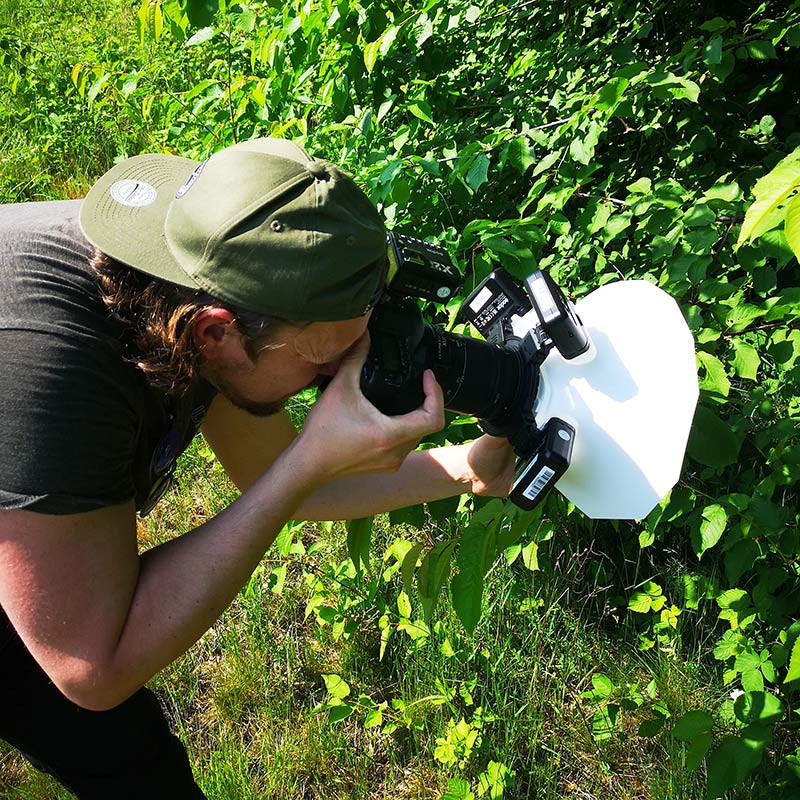

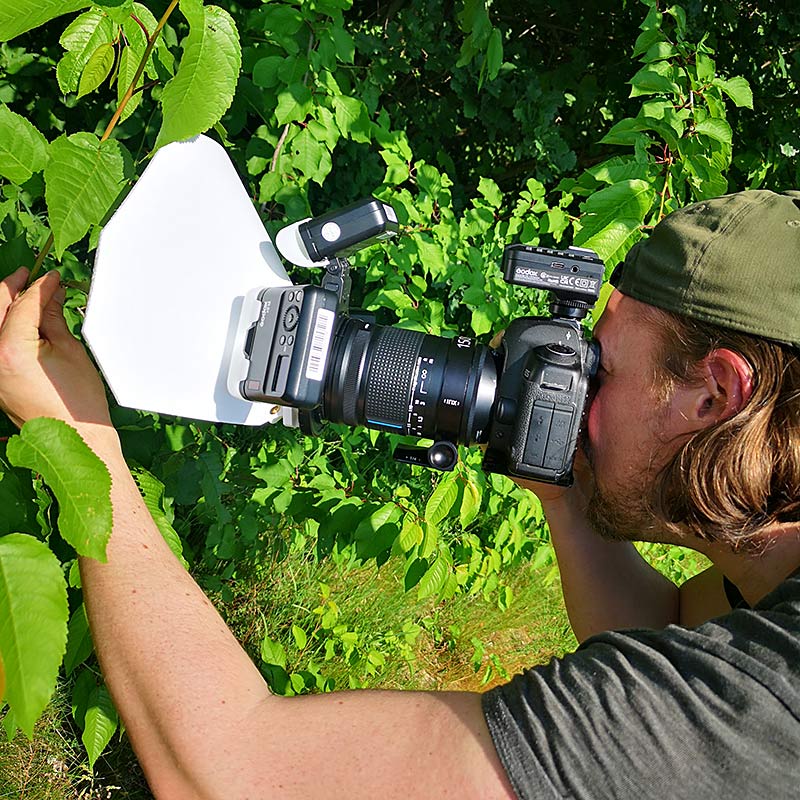
Keeping the habitat intact is as important as the well-being of the subject.
Trampling down flowers and grass, which may provide food or cover for insects for the sake of getting a photo, may be as damaging as actively harming the specimens themselves.
Again, it is almost impossible to photograph in the wild without affecting habitats and plants.
Keeping damages to a minimum though, is a good approach if we cannot avoid them.
From a scientific standpoint avoinding to turn stones and interact with the habitat might be more ethical but also very limiting regarding the work and ultimately not practicable.
Clean-up and traces
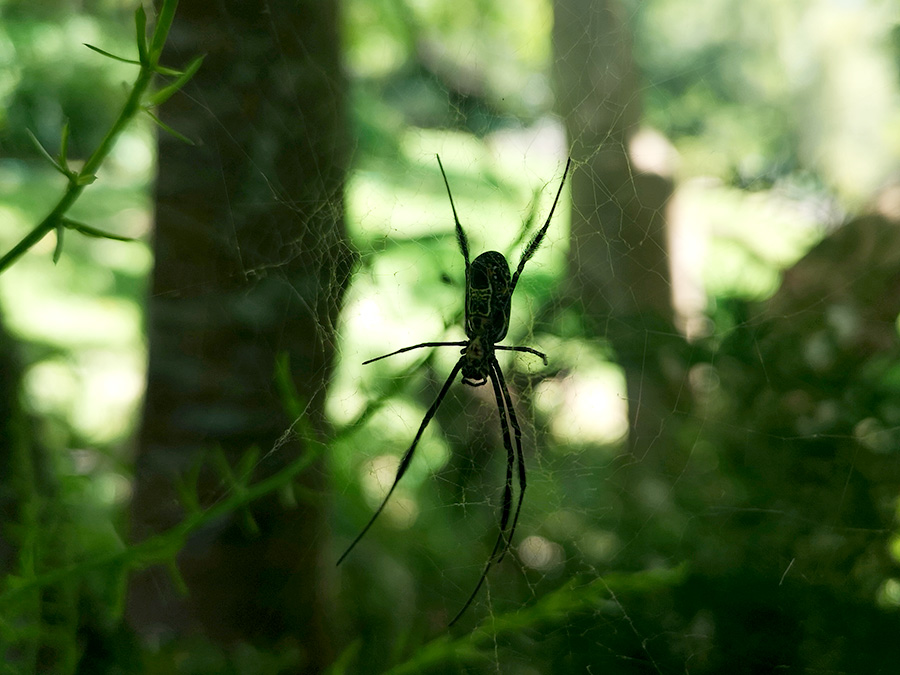
Moving rocks, stones or dead wood around, may also interfere with natural structure of a habitat.
Even when it is not obvious at first sight.
Instead of turning every rock in reach, maybe look under some that seem promising and make sure to always carefully and rightly place them back.
I am very well aware that sometimes it is difficult to avoid interfering with the natural structures, like bumping into a spider´s web at night, for example.
Litter should also not be left in the environment – if you encounter some that is not yours, do your good deed for the day and take it with you.
As a rule of thumb, no structures that are directly connected to an animal (nests, retreats, spider webs and so on) should be manipulated – ever.
Sharing of locations
Most of us are always searching for new places and species to discover.
If we see photos of species we would like to photograph, we might ask for the location where to find it.
While it is very generous to share the exact coordinates and let others be part of this experience, it might be the best for both the species and the habitat, if the sharing of locations is kept to a minimum.
Only share locations with a small group of people you know and trust, if with any.
Try to reduce any threats to the habitat and specimens, that can be found in it, to a minimum.
Otherwise you might risk a domino effect, where habitats, of rare species in particular, can become busy and highly frequented spots.
Authenticity and personal approach
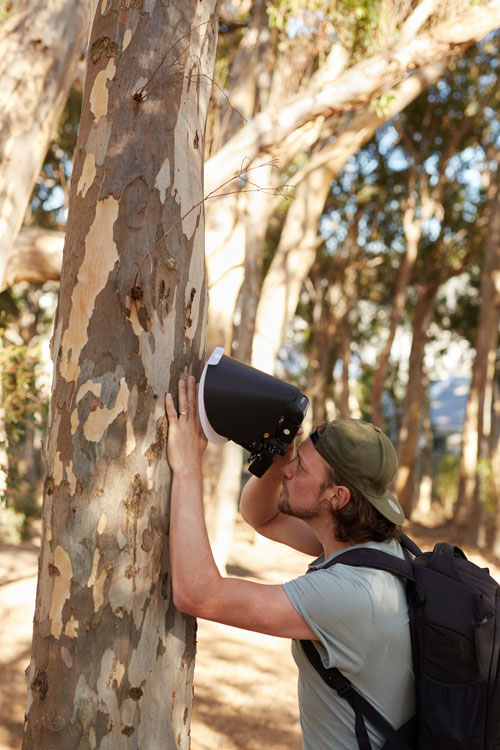
Aside from the well-being of the photographed specimens and their habitat, there is another important element, which ultimately relies on the photographer:
the authenticity of information about the photo itself.
Being open about the process and circumstances of capturing the photo and the techniques used, is crucial to stay true to the ethical approach in macro photography.
A staged photo should never be disguised as a wildlife in-situ scene, for example: this is both unethical and deceptive at the same time.
It does create a false impression and teaches false perception patterns to the viewers.
In times of extensive use of social media missing information can let the audience take an image as an example for certain assumptions, while actually it is very different from what they think they see.
A good example for this is the photography of dead and staged specimens while pretending they were alive later on.
While in most cases it can be uncovered very easily, if a photo shows a deceased specimen, some people can stage them masterfully until it will be very difficult to tell them apart from a living animal.
Photographing a dead insect (which hopefully was not killed purposefully for the photo) for example, is not the problem, not even from an ethical standpoint – but hiding the fact and selling it as a live specimen, is.
It leads the viewer to conclude photographing this specimen in this particular way might be ‘normal’, while it is actually not – since it was an artificial situation.
Imagine the difference between photographing an extremely skittish beetle, which moves unpredictably, while it is alive – and photographing the same beetle, when it is dead and has been staged to look alive.
This is a whole different story, right?
The same applies for technical alteration of the photos – being open about what has been artificially changed will help the accurate reception of the imagery and prevent misunderstandings or uncomfortable situations if people find out that something is not what it was said to be.
Technical process and background
Finding subjects and habitats
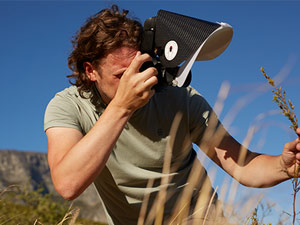
To support an authentic reception of wildlife photos, the circumstances and process of finding a specific subject or habitat should also be mentioned.
While a pet should obviously be declared as such, there is also a difference if a photographer found a specific species only with the help of a guide, or encountered it randomly or during a self-conducted search.
Being open about this process does not take away from the image, but it helps to provide an authentic impression of the situation that ultimately led to the photo.
In a visually overstimulated world, with masses of images (often ripped out of context) flooding social media and our media channels, it is important to counter misconceptions and -interpretations.
Camera trap and drone photography
Improving technologies had an impact on wildlife photography as well, not only regarding visual abilities but also regarding the way how photos can be taken.
This involves photographing endangered and rare species with the help of camera traps or drones.
While these are a great way to capture photos without actually intruding a habitat physically and interrupting specimens, we should at least be transparent about how this kind of imagery was captured if it is not obvious.
Conclusion
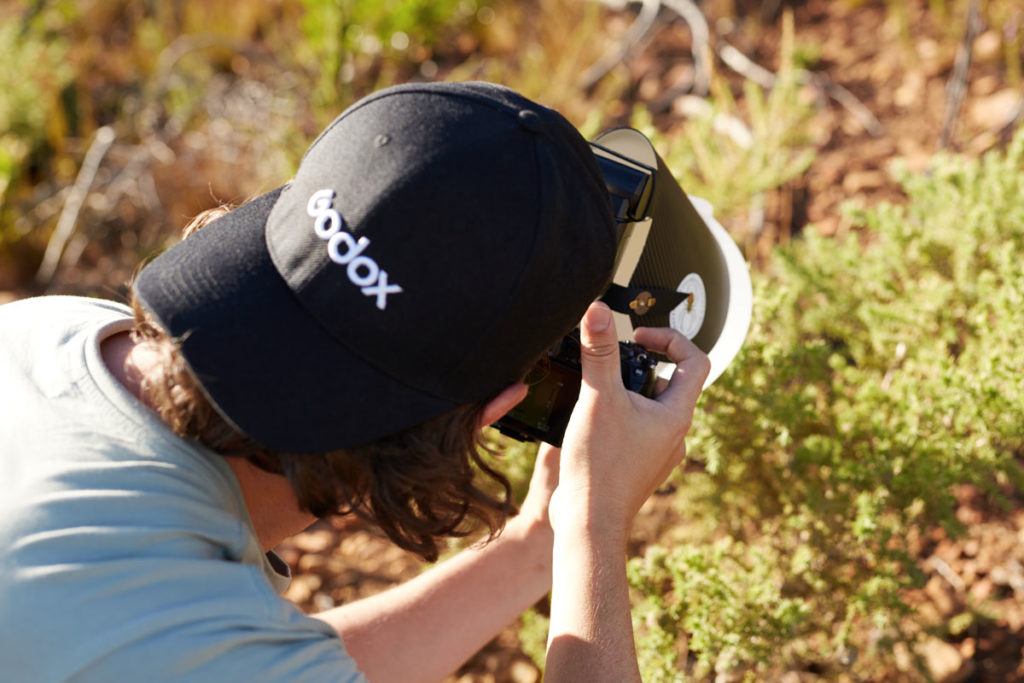
As mentioned earlier, this is a personal interpretation of an ethical approach to macro photography – one that is far from being complete and universal – but it might work as a good starting point.
Opinions on this issue can and will differ, but discussing it will greatly improve awareness towards it.
It is not about being in a morally superior position, but to create awareness about how and when we influence the lives of the subjects of our photography, sometimes without even knowing or realizing it.
If you incorporate only one single idea of this lengthy & theoretical article into your own shooting practice, you have a considerably more ethical approach to macro photography than a lot of others.
If you have thoughts on this, please let us discuss in the comments or send me an email.



Desiré Pelser
Posted at 07:03h, 03 JuneExcellent article Chris, on such an important issue!
wildmacro-chris
Posted at 08:53h, 05 JuneGlad you enjoyed the read and approve on the importance of this topic to be discussed – it is, like i said, just a theoretical approach with some practical implications, but since there is no defined ruleset it is of course up to everyone, how far they will go to implement some ethic thoughts into their workflow.
Btw., testing our a plug-in to notify commenters, when i comment their comments – please let me know, if you get back here via these mail-notifications 😉
Andrew Neal
Posted at 15:23h, 18 AugustAnother great article! 😁👌
wildmacro-chris
Posted at 15:28h, 18 AugustThanks Andy, glad you enjoyed the read on this important topic in macro photography.
Wolfgang Buttgereit
Posted at 10:24h, 20 OctoberSehr gut geschrieben.
wildmacro-chris
Posted at 11:24h, 20 OctoberBesten Dank Wolfgang!
Richard Whitson
Posted at 23:37h, 19 JuneExcellent article Chris … your views are exactly aligned with my own … every little critter is precious and has its own role to play !
wildmacro-chris
Posted at 18:28h, 22 JuneHey Richard, thanks a lot for your feedback and I am glad we have the same thoughts on this topic 😉 Have a good start into the week.
Nadine
Posted at 23:24h, 06 JulyVielen herzlichen Dank für diesen wertvollen Beitrag zum Wohl dieser wundervollen Lebewesen.
wildmacro-chris
Posted at 07:15h, 07 JulyLiebe Nadine,
danke für das nette Feedback und liebe Grüße